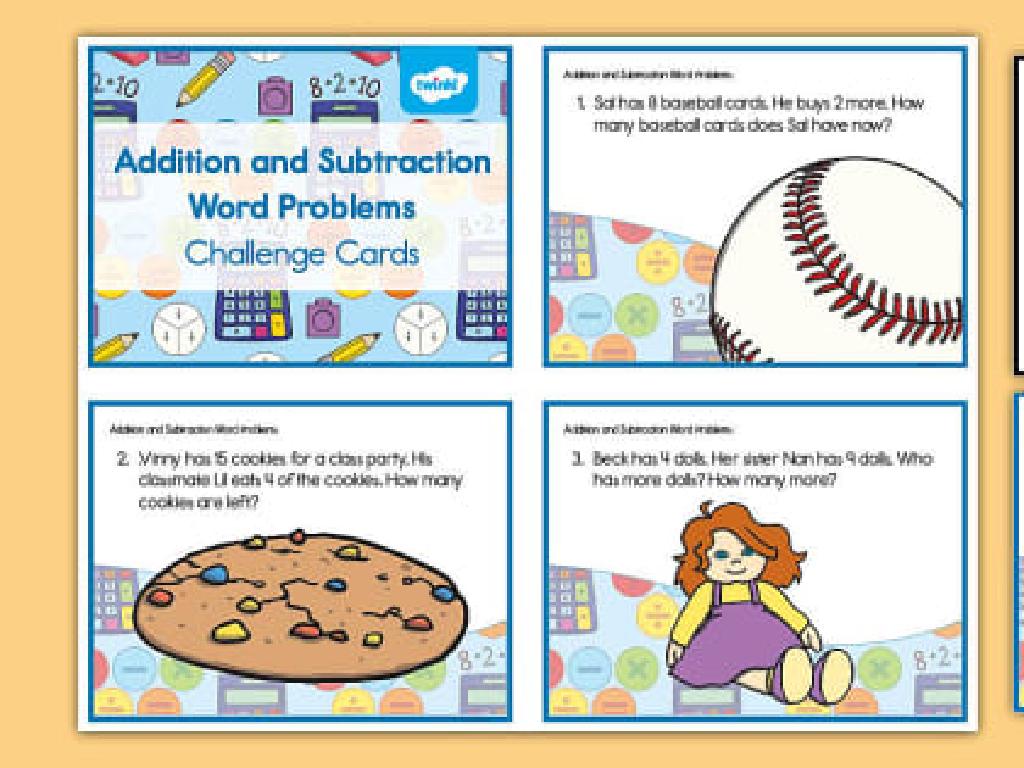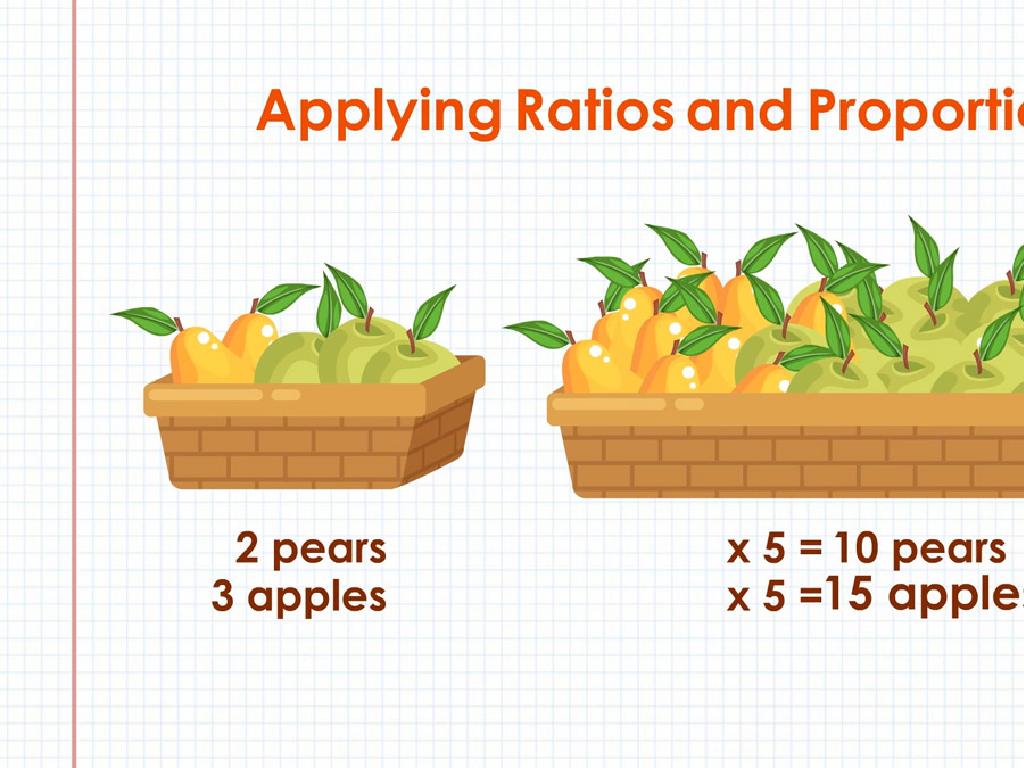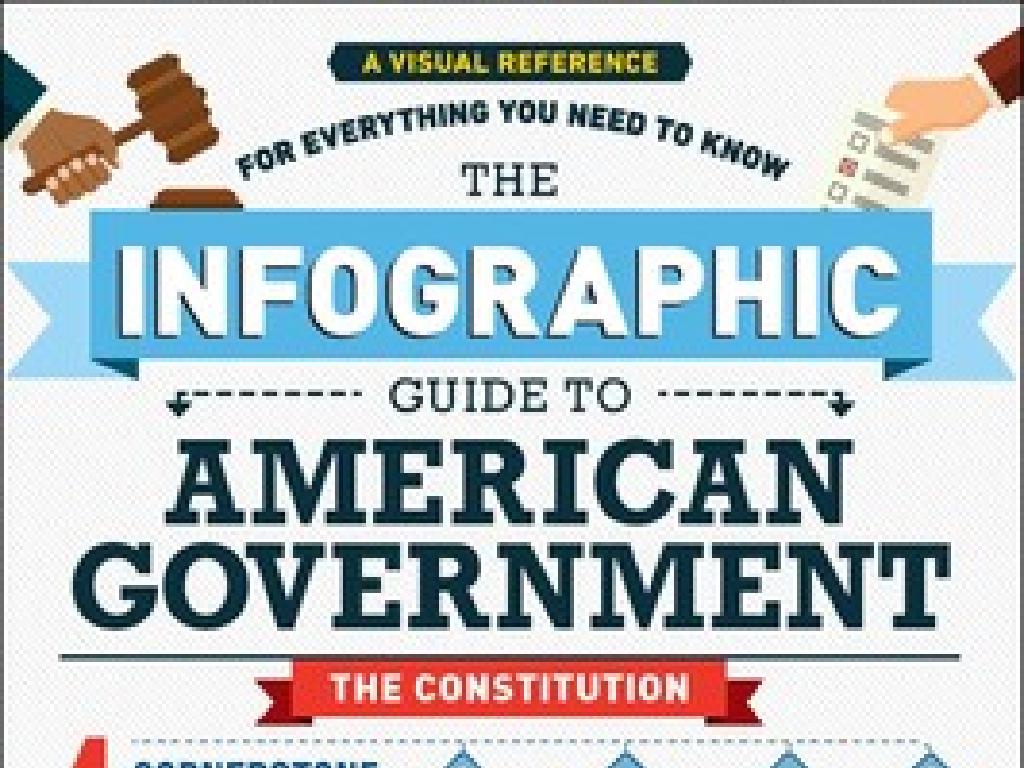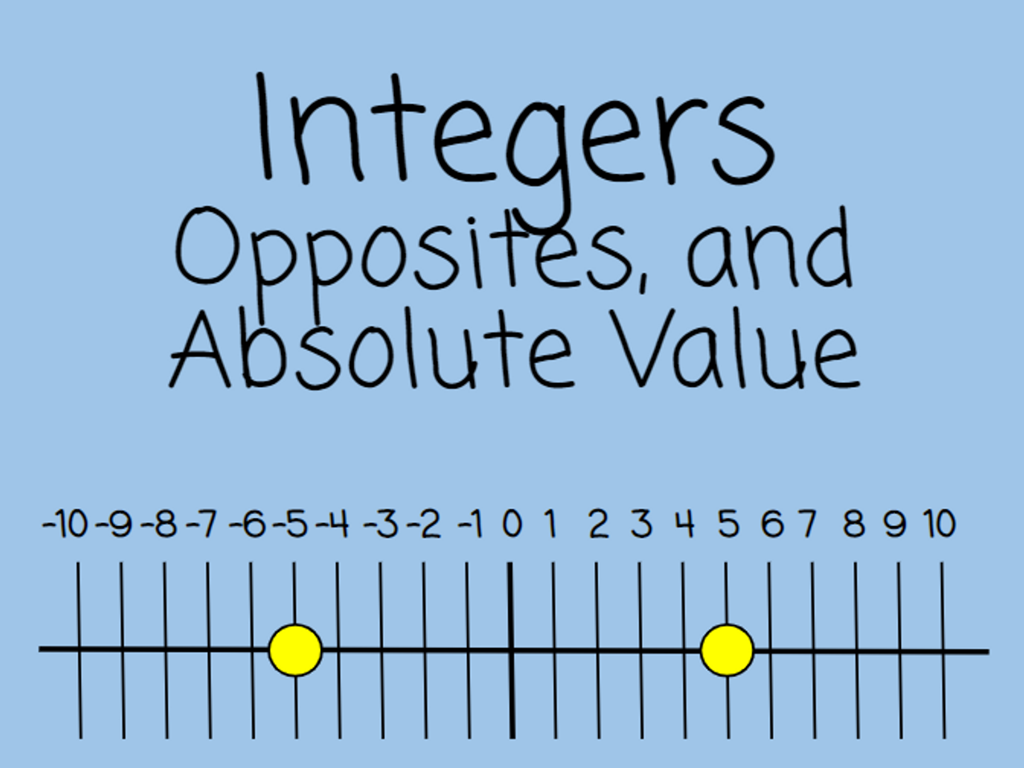Homophones With Pictures
Subject: Language arts
Grade: Third grade
Topic: Homophones
Please LOG IN to download the presentation. Access is available to registered users only.
View More Content
Welcome to Homophones!
– What are Homophones?
– Words that sound alike but have different meanings and spellings.
– Sound same, different meanings
– ‘to, two, too’
– Example: ‘to’ (direction), ‘two’ (number), ‘too’ (also)
– ‘there, their, they’re’
– Example: ‘there’ (place), ‘their’ (belongs to them), ‘they’re’ (they are)
|
Homophones are a fun part of the English language where words sound the same when we say them but have different meanings and spellings. This can be tricky for young learners, so visual aids like pictures can help. For ‘to, two, too’, you might show an arrow (to), a pair of items (two), and a happy face with a thumbs up (too). For ‘there, their, they’re’, you could use a picture of a location (there), a group with a possession (their), and a group doing an action (they’re). Encourage students to come up with their own examples of homophones and draw pictures to represent the different meanings.
Understanding Homophones
– What are homophones?
– Words that sound alike but have different meanings and spellings, like ‘to’, ‘two’, and ‘too’.
– Homophones make English fun
– Learning homophones adds humor and variety to reading and writing.
– They sound the same, but different spelling
– For example, ‘bare’ (without covering) and ‘bear’ (the animal).
– Can cause funny mix-ups
– Mistaking ‘flower’ for ‘flour’ can lead to amusing situations.
|
Homophones are a key concept in language arts, and understanding them is crucial for developing reading and writing skills. They are words that sound the same when spoken but have different meanings and spellings. Introduce homophones with simple examples and pictures to illustrate the differences. Emphasize that while homophones can make English more challenging, they also add richness and humor to the language. Encourage students to think of homophones as a fun puzzle to solve. Share examples of misunderstandings that can happen when homophones are confused to engage the class and highlight the importance of context in understanding which word is being used.
Homophones in Action
– Homophones can change a sentence’s meaning
– Example: ‘I can’t wait to see the sea!’
– ‘See’ means to look at, ‘sea’ is a large body of water
– ‘See’ and ‘sea’ sound the same!
– This play on words creates a humorous effect
– Understanding homophones is fun
|
This slide is designed to show students the fun aspect of homophones and how they can alter the meaning of a sentence humorously. Start by explaining that homophones are words that sound the same but have different meanings and often different spellings. Use the example provided to illustrate this point. Ask the students why the sentence is funny and guide them to see the wordplay involved with ‘see’ and ‘sea.’ Encourage them to think of other homophones and create their own funny sentences. This will help them grasp the concept of homophones while enjoying the learning process.
Pairing Homophones: Match & Learn!
– Match the word ‘pair’ with its homophone
– Find the homophone for ‘pair’ in a fun activity
– ‘Pair’ or ‘pear’ – which one fits?
– Is it ‘pair’ of shoes or ‘pear’ fruit?
– Homophones sound the same
– They have different meanings and spellings
– Like ‘bear’ the animal and ‘bare’ without covering
|
This slide is designed to help students understand the concept of homophones through a matching activity. Homophones are words that sound the same when spoken but have different meanings and spellings. Use pictures to illustrate the homophones, such as a ‘pair’ of shoes and a picture of a ‘pear’. Encourage students to think about the context to determine which ‘pair’ goes together. For example, you wear a ‘pair’ of shoes, but you eat a ‘pear’. This activity will help students remember that even though homophones sound alike, they can’t be used interchangeably in writing. Provide additional examples and encourage students to come up with their own homophones to share with the class.
Homophones Around Us
– Find homophones in pictures
– Look at the images and spot the words that sound the same.
– Discuss why they’re homophones
– Talk with a friend about why these words sound alike but are different.
– How do meanings differ?
– Think about what each homophone means.
– Share findings with the class
|
This slide is designed to engage students in a fun activity that helps them understand homophones words that sound the same but have different meanings and often different spellings. Provide pictures that illustrate homophones, such as ‘flower’ and ‘flour’. Encourage students to work with a partner to discuss why these words are considered homophones and explore their different meanings. This activity will help students recognize homophones in everyday contexts and enhance their vocabulary. After the discussion, ask students to share their findings with the class to reinforce their understanding and allow for collaborative learning.
Your Turn: Creative Homophones
– Think of homophones pairs
– Write a funny sentence
– Use both homophones in one sentence to make it laughable
– Share with the class
– Explain their meanings
– Tell us what each homophone means
|
This slide is an interactive class activity designed to engage students with the concept of homophones. Encourage the students to brainstorm pairs of homophones, which are words that sound the same but have different meanings and often different spellings. Guide them to craft a sentence that is humorous and uses both homophones correctly. This activity will help them understand the concept better and remember the words more effectively. When sharing with the class, students should explain the different meanings of each homophone they used. This will reinforce their understanding and provide an opportunity for public speaking practice. Possible activity variations could include drawing the homophones, creating a short story, or working in pairs to come up with sentences.
Homophones Game: Bingo Time!
– Get ready for ‘Homophone Bingo’
– Listen and mark heard homophones
– When you hear a word, find its homophone pair on your bingo card.
– Search for a line of homophones
– A line can be horizontal, vertical, or diagonal.
– Who will shout ‘Bingo’ first?
|
This slide introduces a fun classroom activity, ‘Homophone Bingo’, designed to help third graders recognize and differentiate homophones. Prepare bingo cards in advance with homophone pairs and distribute them to the students. Play audio clips or call out words, and students will mark the corresponding homophone on their cards. The goal is to find a straight line of homophones. This activity encourages active listening and quick thinking. It’s a playful way to reinforce the concept of homophones. Be ready to assist students who may struggle and ensure everyone understands the rules before starting. Have a small prize ready for the winners to make the game exciting.
Class Activity: Homophone Illustration
– Pick a pair of homophones
– Draw each word’s meaning
– Use colors and creativity to illustrate
– Explain your pictures to the class
– Share what each homophone means
– Understand homophones through art
|
This activity is designed to help students understand homophones words that sound the same but have different meanings and spellings through a creative and engaging approach. Students will choose a pair of homophones, such as ‘flower’ and ‘flour’, and create separate drawings that represent the meaning of each word. Encourage them to think about the context in which each word is used to help illustrate the differences. After completing their drawings, students will present their artwork to the class and explain the meanings of their chosen homophones, reinforcing their understanding through teaching. For the teacher: Prepare a list of homophone pairs for students who may have difficulty choosing, ensure art supplies are available, and consider creating a gallery of the drawings in the classroom as a visual reminder of the lesson.
Wrapping Up Homophones
– Recap on homophones
Homophones sound the same but have different meanings and spellings, like ‘to, two, too’.
– Importance of homophones
Understanding homophones helps us avoid confusion in writing and reading.
– Homework: Find & use homophones
Discover three pairs of homophones, write them down, and craft a sentence for each pair.
|
Today, we’ve explored the concept of homophones words that sound alike but have different meanings and often different spellings. We discussed why they are crucial for clear communication and understanding the nuances of the English language. For homework, students are tasked with finding three new pairs of homophones and using them in sentences. This will help reinforce their understanding and ability to distinguish between these tricky words. Encourage creativity and remind them to use context clues to determine the correct homophone in their sentences.





